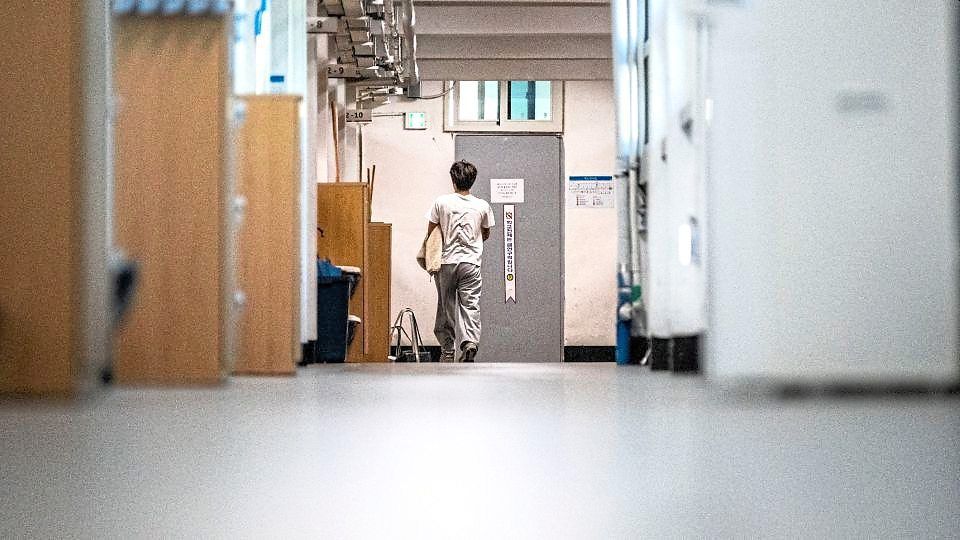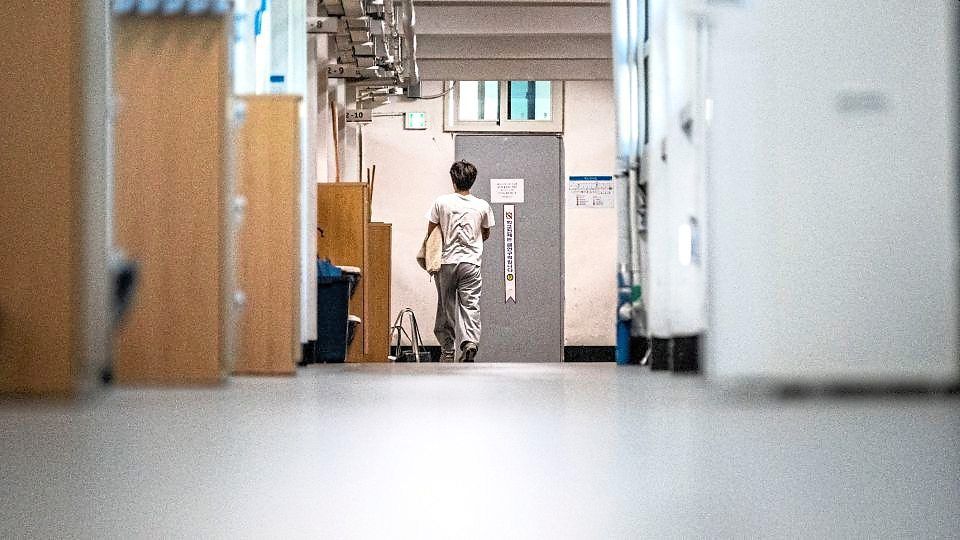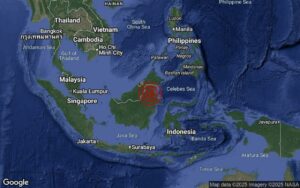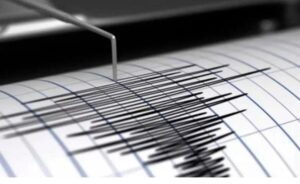
THE proportion of South Korean students reporting they were victims of school violence has climbed to the highest level since the government began tracking the problem in 2013, with primary school students bearing the brunt of the increase.
According to the Education Ministry’s survey on school violence for the first half of 2025, released in September, 2.5% of students said they had suffered violence in the past semester, up from 2.1% a year earlier. The figure is the highest since the ministry began its nationwide survey 12 years ago, when the rate stood at 2.2%. After falling to a pandemic low of 0.9% in 2020, when in-person classes were curtailed, the rate has steadily risen for five consecutive years.
Primary school students reported the highest victimisation rate at 5%. Middle school students followed at 2.1% and high school students at 0.7%. The survey, conducted online from April 14 to May 13, covered 3.97 million students from fourth grade through high school, with an 82.2% participation rate.
Verbal abuse remained the most common form of violence, accounting for 39% of cases; its share slipped slightly from last year. Group bullying came next at 16.4%, followed by physical assault at 14.6% and cyberbullying at 7.8%.
While verbal and physical violence declined, both bullying and cyberbullying grew, reflecting the increasingly complex ways conflicts extend beyond classrooms. Approximately 71% of incidents occurred on school grounds, while 6.4% took place in online spaces.
Sexual violence reports also reached a record high: 6% of respondents said they had suffered sexual harassment or assault at school.
Police data show illegal filming on school premises nearly doubled from 110 cases in 2020 to 204 in 2023, with Gyeonggi Province, Seoul, and South Gyeongsang Province recording the highest numbers.
In the first half of this year alone, 422 teenagers were apprehended for deepfake sexual crimes, representing nearly 60% of all arrests for such offenses.
The share of students who said they had witnessed school violence also rose to 6.1% from 5% a year earlier, and among primary school students, the figure jumped to 10.2%.
Yet 30.7% of witnesses said they did nothing in response, and 7.8% of victims told no one, citing fears that “the problem would grow bigger” or that reporting it would be useless.
Perpetrator responses also edged up, with 1.1% of students admitting to committing violence, compared with 1% last year. More than 30% said they engaged in such behaviour “as a joke or for no particular reason”.
Despite the rise in self-reported victimisation, official case filings tell a more nuanced story. In 2024, schools recorded 58,502 formal reports of violence, down from 61,445 in 2023. Middle schools accounted for roughly half of the total, followed by primary and high schools.
An Education Ministry official noted that while primary school students showed the sharpest increase in self-reported victimisation, actual case filings from such schools remain lower and even declined this year, suggesting that factors such as the rise of cyberbullying, which can affect many people at once, and heightened parental sensitivity may be driving the higher survey responses.
The ministry said it will use the survey to guide preventive measures, including a planned “relationship restoration deliberation system” that would allow expert teams to mediate minor cases, especially among first and second graders, before they reach formal disciplinary hearings.
“Restoring trust within school communities and rebuilding students’ social and emotional well-being is an urgent task,” says Lee Hae-sook, director of the ministry’s student health policy department.
“We will also work closely with other government agencies to build systems that can respond to the increasingly complex forms of cyberbullying and sexual violence.” – The Korea Herald/Asia News Network






